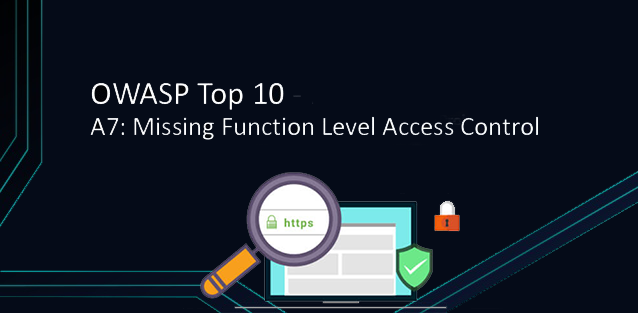Penetration testing goes beyond vulnerability scanning to use multi-step and multi-factor attack scenarios that first find vulnerabilities and then attempt to exploit them to dig deeper into the enterprise infrastructure.
11) Metaspoilt

It is one of the most popular and advanced frameworks that can be used for Penetration Testing. It is an open source tool based on the concept of ‘exploit’, which means you pass a code that violates security measures and enters a particular system. When logged into the system, it runs a ‘payload’, which is code that performs operations on the target machine, thus creating the perfect framework for penetration testing. It’s a great testing tool to test whether IDS is successful in preventing attacks we’ve bypassed.
Metaspoilt is used across networks, applications, servers, etc. available. It has a command line and GUI interface, works on Apple Mac OS X, works on Linux and Microsoft Windows.
Features of Metaspoilt
- Basic command line interface
- Adding a third party
- Manual brute forcing
- website penetration testing
12) Kali

Kali is a Linux distribution. It allows you to create a backup and recovery program that suits your needs. It supports quick and easy ways to find and update the largest collection of security penetration tests to date. The package is the best tool available for sniffing and injecting. It can be helpful to be familiar with the TCP/IP protocol and networking when using this tool.
Features
- Adding 64-bit support allows brute-force password cracking
- Back Track comes with pre-installed tools for LAN and WLAN sniffing, vulnerability scanning, password cracking, and digital forensics
- Integrates with some top tools like Backtrack, Metaspoilt, and Wireshark
- Besides network tool, pidgin, xmms, Mozilla, k3b etc. Includes.
- Backend support KDE and Gnome.
13) Samurai frame:
Samurai Web Testing Framework is penetration testing software. Supported on VirtualBox and VMWare preconfigured to act as a penetration testing environment.
Features:
- It is open source, free to use
- It contains the best open source and free tools that focus on testing and attacking the website.
- It also includes a pre-configured wiki to set up the central repository during penetration testing.
14) Aircrack:

Aircrack is a useful wireless pentesting tool. It breaks vulnerable wireless connections. Powered by WEP WPA and WPA 2 encryption Keys.
Features:
- Supporting more cards/drivers,
- Supports all types of operating systems and platforms
- PTW new WEP attack
- WEP dictionary attack support
- Fragmentation attack support
- Improved tracking speed
15) ZAP:

ZAP is one of the most popular open source security testing tools. It is maintained by hundreds of international volunteers. It can help users find vulnerabilities in web applications during development and testing.
Features:
- Helps identify vulnerabilities found in web application by simulating a real attack
- Passive scanning analyzes responses from the server to identify specific issues
- Attempts brute force access to files and directories.
- Spider feature helps to create hierarchical structure of website
- Providing invalid or unexpected data to crash or produce unexpected results
- Useful tool to find open ports on target website
- Provides an interactive Java shell that can be used to run BeanShell scripts
- Fully internationalized and supports 11 languages








